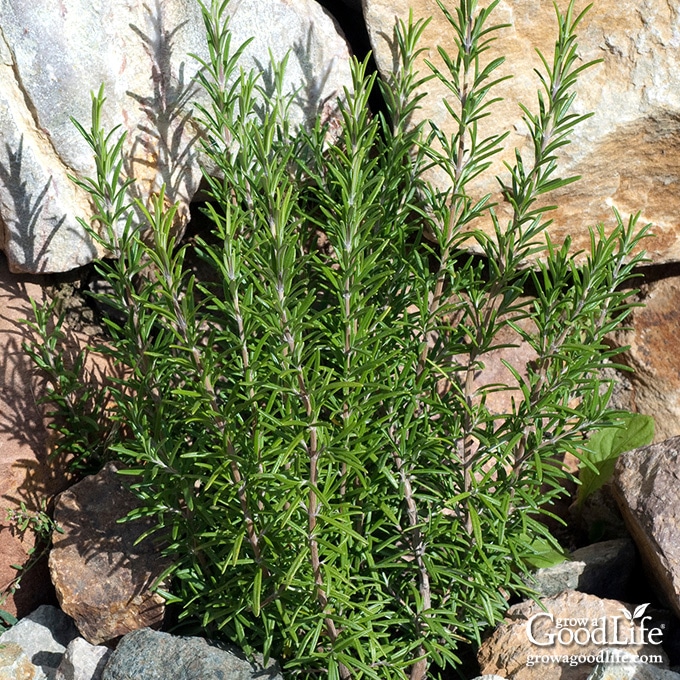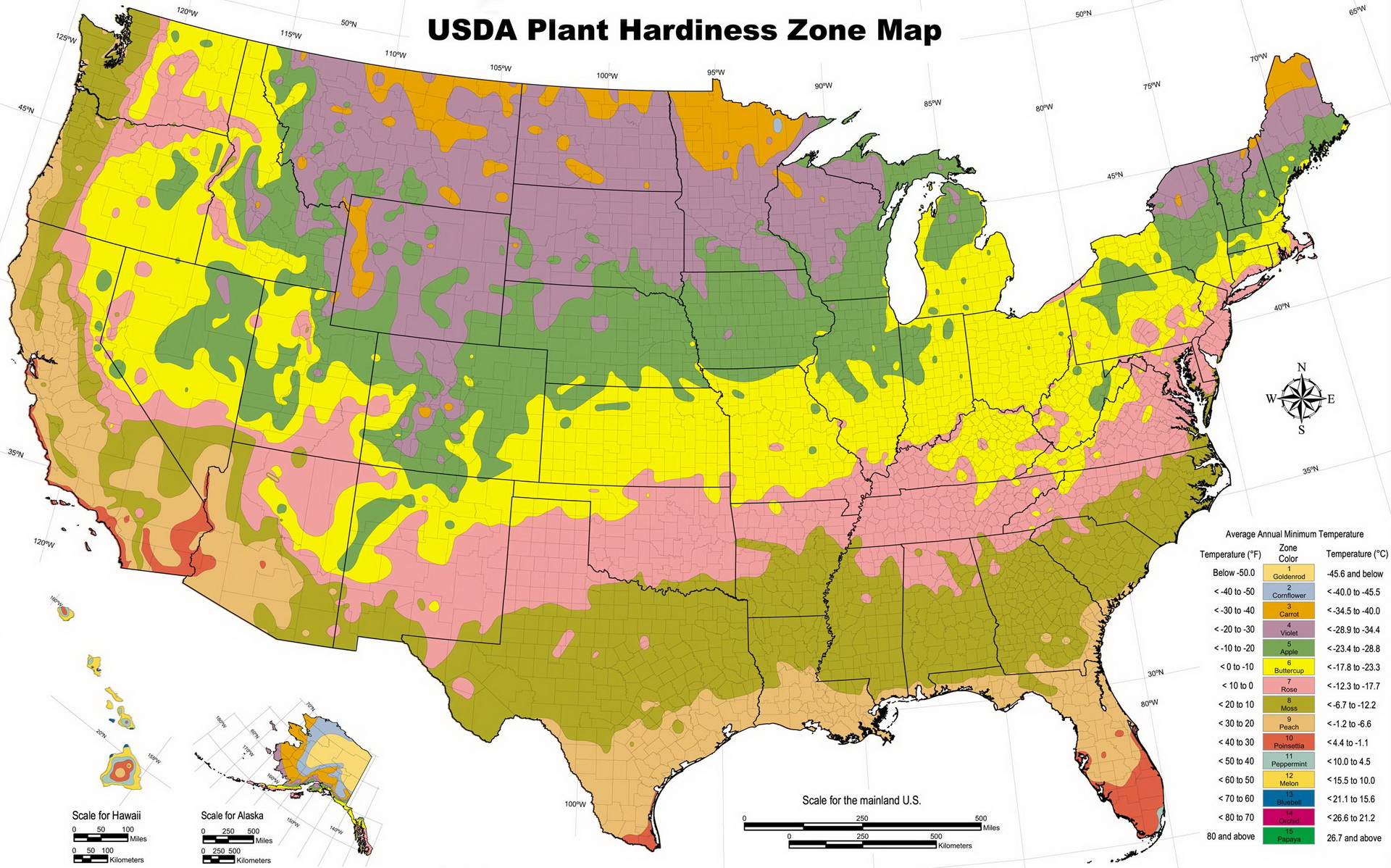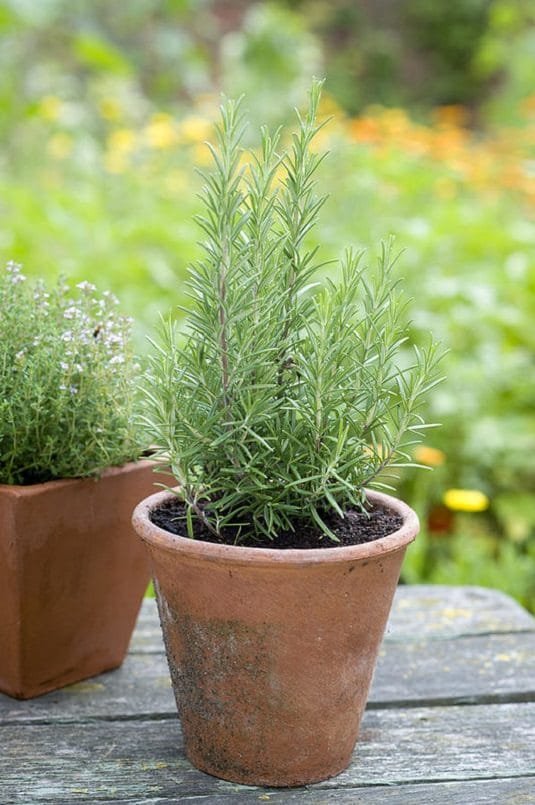Why Timing Matters: The Impact on Rosemary’s Growth and Flavor
Planting rosemary at the right time is crucial for its growth, flavor, and overall health. The best time to plant rosemary can make all the difference in the herb’s development, and understanding the importance of timing can help gardeners avoid common mistakes. When planted at the optimal time, rosemary plants tend to thrive, producing more fragrant leaves and stems. On the other hand, plants that are planted at the wrong time may struggle to survive, let alone flourish.
The timing of rosemary planting affects the herb’s growth rate, flavor, and aroma. Rosemary plants that are planted too early in the spring may be damaged by late frosts, while those planted too late in the fall may not have enough time to establish themselves before the winter chill sets in. By planting at the best time to plant rosemary, gardeners can avoid these potential pitfalls and give their plants the best chance of success.
Understanding Rosemary’s Climate and Soil Preferences
Rosemary is a Mediterranean herb that thrives in specific climate and soil conditions. To ensure optimal growth and flavor, it’s essential to understand the ideal environment for rosemary plants. When it comes to climate, rosemary prefers mild winters and warm summers. It can tolerate some frost but may be damaged by extreme cold or heat. The ideal temperature range for rosemary is between 40°F and 80°F (4°C and 27°C).
In terms of soil, rosemary prefers well-draining soil with a pH between 6.0 and 7.0. It can grow in a variety of soil types, including clay, loam, and sand, as long as the soil is not waterlogged. Rosemary also benefits from soil with good aeration and a moderate level of nutrients. To create the perfect soil conditions, gardeners can mix in organic matter such as compost or manure to improve drainage and fertility.
Humidity is another crucial factor to consider when growing rosemary. This herb prefers a relatively low humidity environment, making it an ideal choice for gardens with dry to moderate humidity levels. By understanding rosemary’s climate and soil preferences, gardeners can create the perfect environment for their plants to thrive, ultimately leading to a successful harvest and the best time to plant rosemary.
How to Choose the Perfect Planting Season for Your Region
Determining the best time to plant rosemary depends on your location and climate. In regions with mild winters, rosemary can be planted year-round, while in areas with harsh winters, it’s best to plant in the spring or fall. To choose the perfect planting season, consider the last frost date in your area, as rosemary is sensitive to frost. In general, it’s best to plant rosemary when the soil has warmed up to at least 60°F (15°C) and the air temperature is consistently above 40°F (4°C).
In regions with hot summers, it’s best to plant rosemary in the fall, about 8 to 10 weeks before the first frost. This allows the plant to establish itself before the winter months. In cooler climates, spring planting is ideal, as the plant will have enough time to grow and thrive before the winter chill sets in. By considering the specific climate and weather patterns in your region, you can determine the best time to plant rosemary and give your plants the best chance of success.
Another important factor to consider is the average temperature in your region. Rosemary prefers temperatures between 40°F and 80°F (4°C and 27°C), so it’s essential to plant when the temperature is within this range. By taking into account the specific climate and weather patterns in your region, you can determine the best time to plant rosemary and enjoy a healthy, thriving plant.
The Benefits of Planting Rosemary in Spring and Fall
When it comes to planting rosemary, timing is everything. Planting in the spring and fall seasons offers several advantages, making these periods the best time to plant rosemary. During these seasons, the weather is typically mild, with temperatures ranging from 40°F to 80°F (4°C to 27°C), which is ideal for rosemary growth. This temperature range allows the plant to establish itself quickly, promoting healthy growth and development.
Another benefit of planting rosemary in the spring and fall is the reduced risk of pest and disease issues. During these seasons, the risk of pests and diseases is lower, giving the plant a better chance to thrive. Additionally, the soil is typically more moist during these seasons, reducing the need for frequent watering and minimizing the risk of drought.
Planting rosemary in the spring and fall also allows for improved growth rates. The mild weather and ample moisture during these seasons promote healthy growth, resulting in a more robust and flavorful plant. This, in turn, leads to a higher yield and better flavor, making the best time to plant rosemary in the spring and fall seasons.
Avoiding Common Mistakes: When Not to Plant Rosemary
While timing is crucial for successful rosemary planting, it’s equally important to avoid planting during extreme weather conditions. Planting rosemary during intense heat or cold can have devastating effects on the plant’s health, leading to stunted growth, disease, and even death.
One of the most critical mistakes to avoid is planting rosemary during the hottest summer months. High temperatures can cause the soil to dry out quickly, leading to drought stress and root damage. Additionally, intense heat can promote the growth of pests and diseases, further compromising the plant’s health.
On the other hand, planting rosemary during the coldest winter months can also be detrimental. Rosemary is sensitive to frost, and exposure to freezing temperatures can cause damage to the leaves and stems. Furthermore, cold weather can slow down the plant’s growth rate, making it more susceptible to disease and pests.
To ensure the best time to plant rosemary, it’s essential to avoid these extreme weather conditions and instead opt for the mild temperatures of spring and fall. By doing so, you can provide your rosemary plant with the ideal conditions for growth, flavor, and overall health.
Preparing Your Soil for Rosemary Planting
Before planting rosemary, it’s essential to prepare the soil to provide the best conditions for growth. Rosemary prefers well-draining soil with a pH between 6.0 and 7.0. To achieve this, start by testing the pH level of your soil and adjusting it if necessary. You can add lime to raise the pH or sulfur to lower it.
Improving drainage is also crucial, as rosemary is susceptible to root rot in waterlogged soil. Add organic matter such as compost or well-rotted manure to the soil to improve its structure and drainage. This will also help to increase the soil’s nutrient content, providing your rosemary plant with the necessary nutrients for healthy growth.
In addition to pH and drainage, rosemary requires a soil with good aeration and a moderate level of nutrients. You can achieve this by adding a balanced fertilizer to the soil before planting. A fertilizer with a ratio of 10-10-10 (nitrogen-phosphorus-potassium) is ideal for rosemary.
By preparing your soil correctly, you can provide your rosemary plant with the best possible start, ensuring it grows strong and healthy. Remember, the best time to plant rosemary is when the soil is ready, so take the time to prepare your soil before planting for optimal results.
Getting the Most Out of Your Rosemary Plant: Post-Planting Care
After planting rosemary, it’s essential to provide the right care to ensure the plant thrives. One of the most critical aspects of post-planting care is watering. Rosemary requires consistent moisture, especially during the first few weeks after planting. Water the soil gently but thoroughly, making sure not to overwater, which can lead to root rot.
Pruning is another crucial aspect of rosemary care. Prune the plant regularly to promote bushy growth and prevent it from becoming leggy. Remove any dead or damaged leaves or stems, and shape the plant to maintain its desired shape. Pruning also helps to encourage new growth and prevents the plant from flowering, which can reduce its flavor and aroma.
Fertilization is also vital for rosemary’s growth and flavor. Feed the plant with a balanced fertilizer during the growing season (spring and summer) to provide it with the necessary nutrients. Avoid overfertilizing, as this can damage the plant’s roots and reduce its flavor.
In addition to watering, pruning, and fertilization, it’s essential to monitor the plant’s health and watch for signs of pests or diseases. Common pests that affect rosemary include spider mites, mealybugs, and aphids, while diseases such as root rot and powdery mildew can also occur. Use organic or chemical controls as needed to prevent infestations and infections.
By following these post-planting care tips, you can ensure your rosemary plant grows strong and healthy, providing you with a bountiful harvest of fragrant and flavorful leaves. Remember, the best time to plant rosemary is just the beginning – proper care and maintenance are essential for a thriving rosemary plant.
Conclusion: Timing is Everything for a Thriving Rosemary Plant
In conclusion, planting rosemary at the right time is crucial for its growth, flavor, and overall health. By understanding the ideal climate and soil conditions, choosing the perfect planting season, and avoiding common mistakes, you can set your rosemary plant up for success. Additionally, preparing the soil and providing proper post-planting care can further ensure a thriving rosemary plant.
Remember, the best time to plant rosemary is when the conditions are optimal, and with the right care and attention, you can enjoy a bountiful harvest of fragrant and flavorful leaves. Don’t be discouraged if you’ve made mistakes in the past – with this guide, you’re equipped with the knowledge to try again and achieve success.
So, take the first step towards growing a thriving rosemary plant by determining the best time to plant rosemary in your region. With patience, dedication, and the right techniques, you’ll be enjoying the many benefits of rosemary in no time. Happy planting!



:max_bytes(150000):strip_icc()/rosemary-growing-garden-getty-0421-2000-29fb06ece0054f36b6eb11196359060b.jpg)

